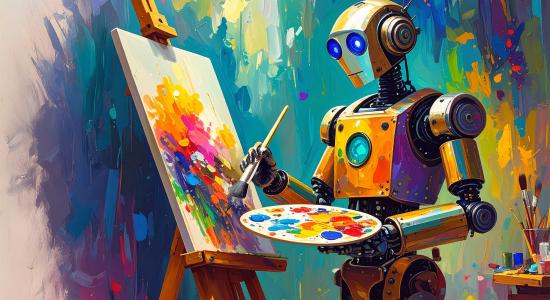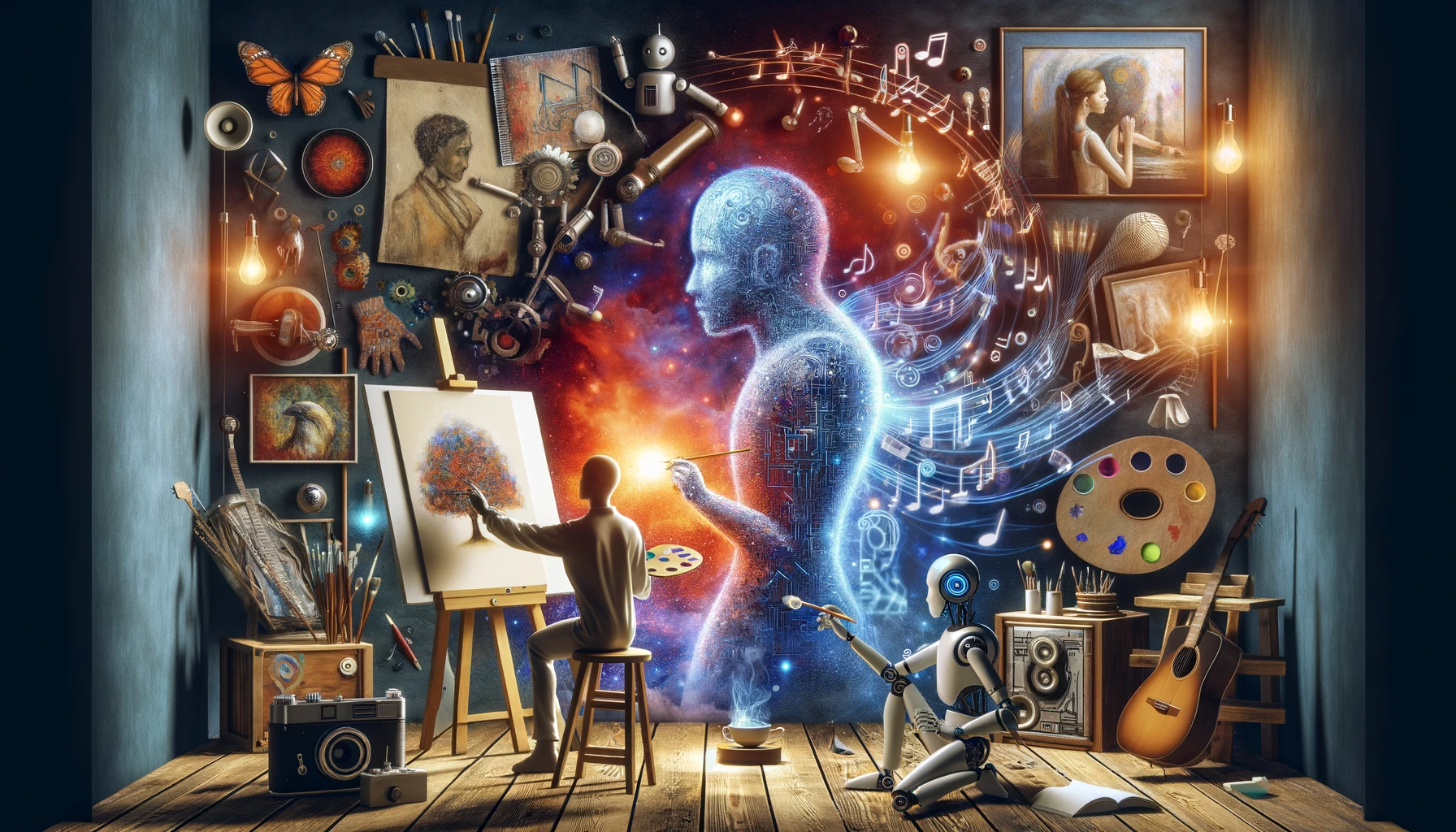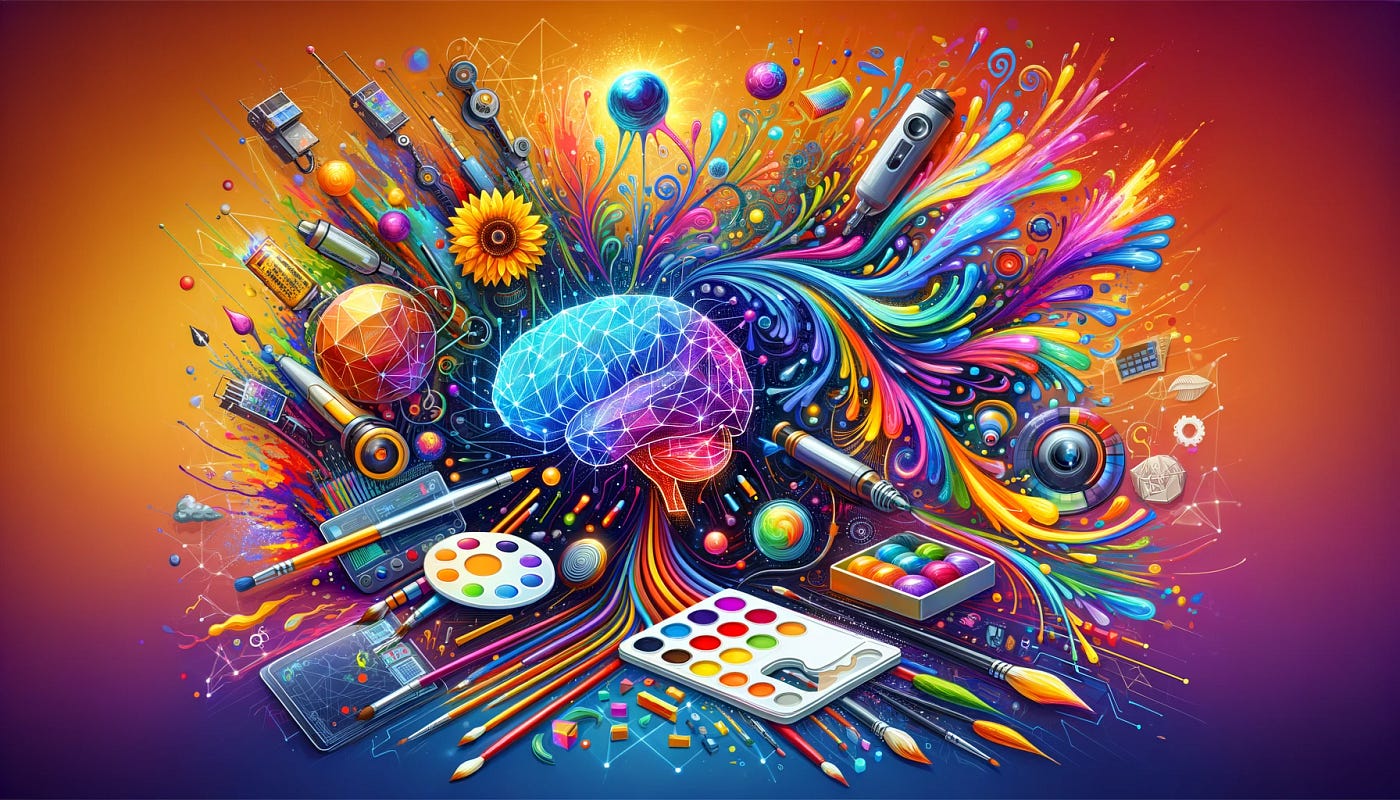Artificial Intelligence (AI) is becoming an increasingly influential force in the art world. From generating stunning visuals to reshaping traditional processes, AI is redefining how art is created, shared, and understood. To fully appreciate this evolving relationship, it’s essential to explore what AI in art truly means and how it is shaping the future of creative expression.
What is AI in Art?
AI in art refers to the use of intelligent computer systems to assist in or independently create visual, musical, and interactive artworks. These systems can analyze patterns, learn from massive datasets, and produce new content, often blending technology with artistic intuition.
Rather than replacing human artists, AI often acts as a collaborator or tool that expands creative possibilities.
Key Aspects of AI in Art
AI as a Creative Tool
Artists use AI to explore new techniques and generate unique visual styles. Tools like Midjourney, DALL·E, and DeepArt can create complex artworks based on simple prompts, offering fresh perspectives and pushing creative boundaries.
Machine Learning and Style Adaptation
AI models can be trained to mimic the style of famous artists or blend different artistic movements. This allows artists to reimagine their work in the style of van Gogh, Picasso, or entirely new combinations.
Data-Driven Art
AI can process vast amounts of data to generate visual patterns, interactive experiences, or even music. This data-driven approach enables creators to build art that evolves in real-time or responds to audience interaction.
AI in Art Restoration and Curation
AI plays a critical role in preserving cultural heritage by restoring damaged pieces and assisting curators in managing large collections. It can analyze historical trends, detect forgeries, and suggest thematic connections between works.
Generative Art
Generative art uses AI algorithms to create ever-changing artworks, where the piece evolves over time or in response to environmental factors. This dynamic form of art opens new possibilities for exhibitions and digital installations.
Benefits of AI in Art
- Expanded Creativity: AI helps artists quickly explore new ideas and compositions.
- Accessibility: AI tools make art creation more accessible, even to those without formal training.
- Efficiency: Complex patterns, restorations, and variations can be produced at scale.
Challenges to Consider
- Authenticity and Ownership: Determining who owns AI-generated art remains a complex legal issue.
- Loss of Human Element: Some worry that AI-generated art lacks the emotional depth of human-created pieces.
- Bias in Training Data: AI can unintentionally reproduce cultural or historical biases present in its training sources.
Conclusion
Understanding AI in art means recognizing its potential as both a creative partner and a disruptive force. AI can enhance artistic expression, introduce new forms of engagement, and challenge conventional ideas about authorship and originality. As AI continues to evolve, thoughtful and ethical integration will be essential to ensure that technology complements, rather than diminishes, the human spirit in art.







Leave feedback about this